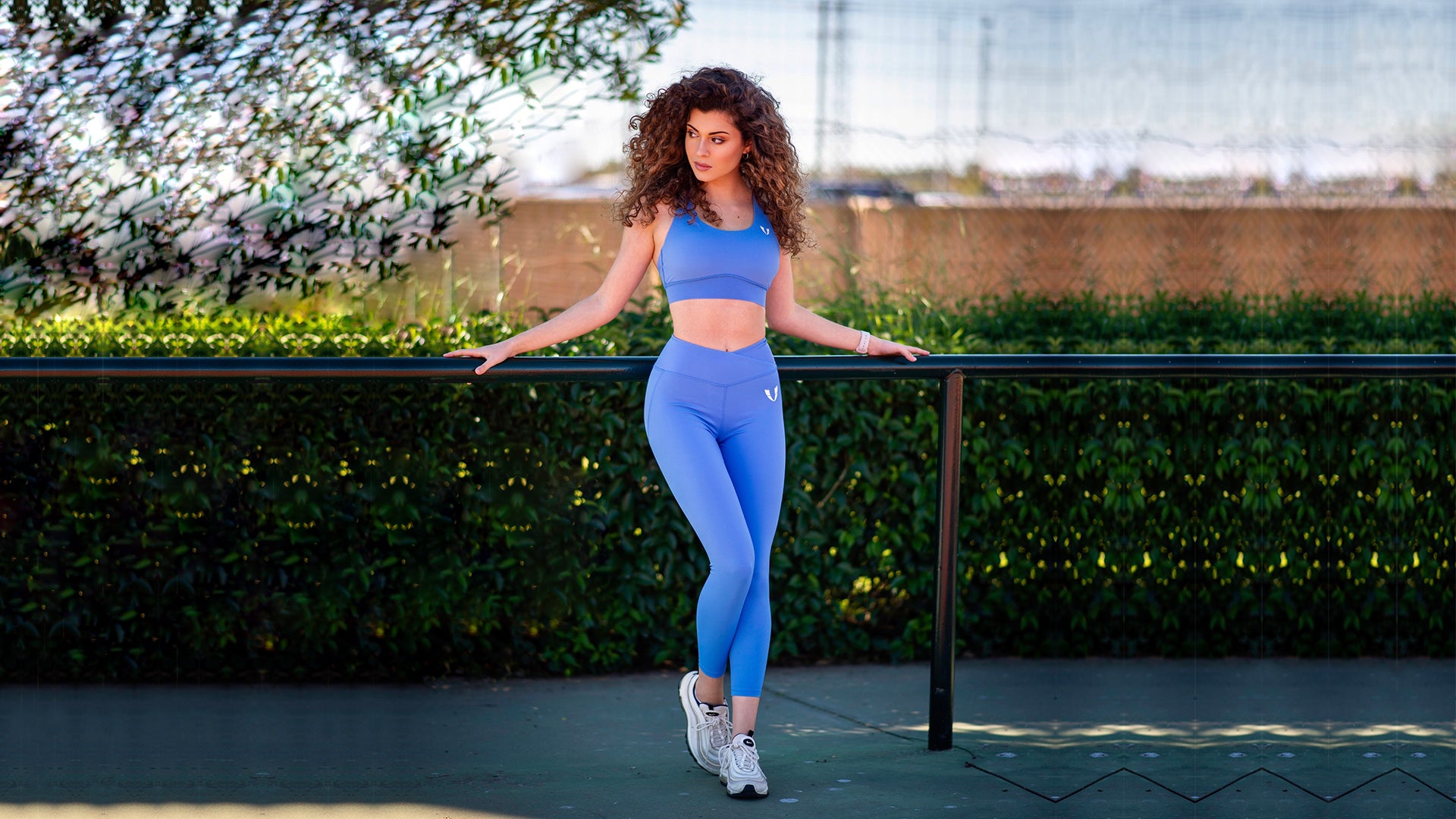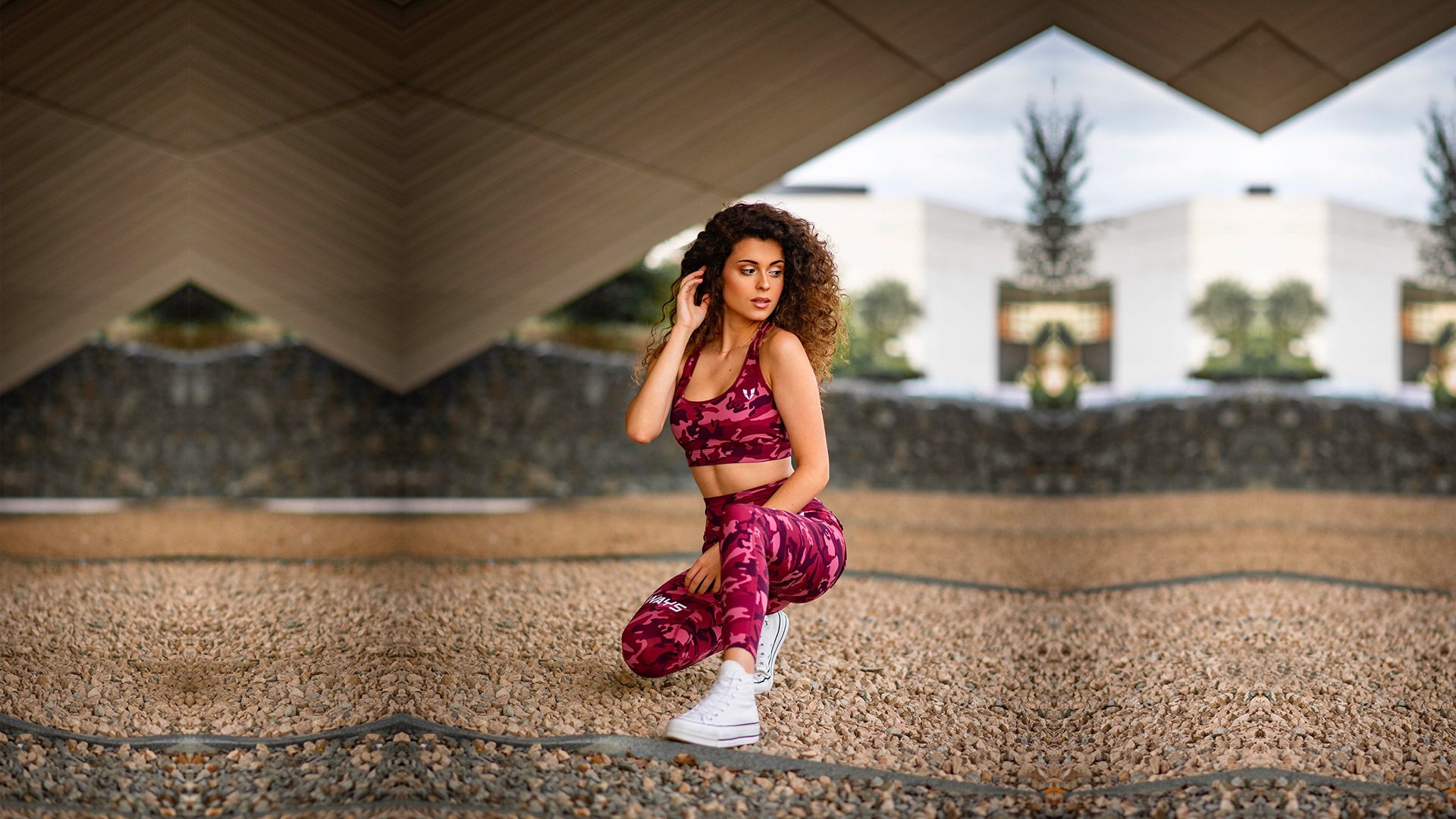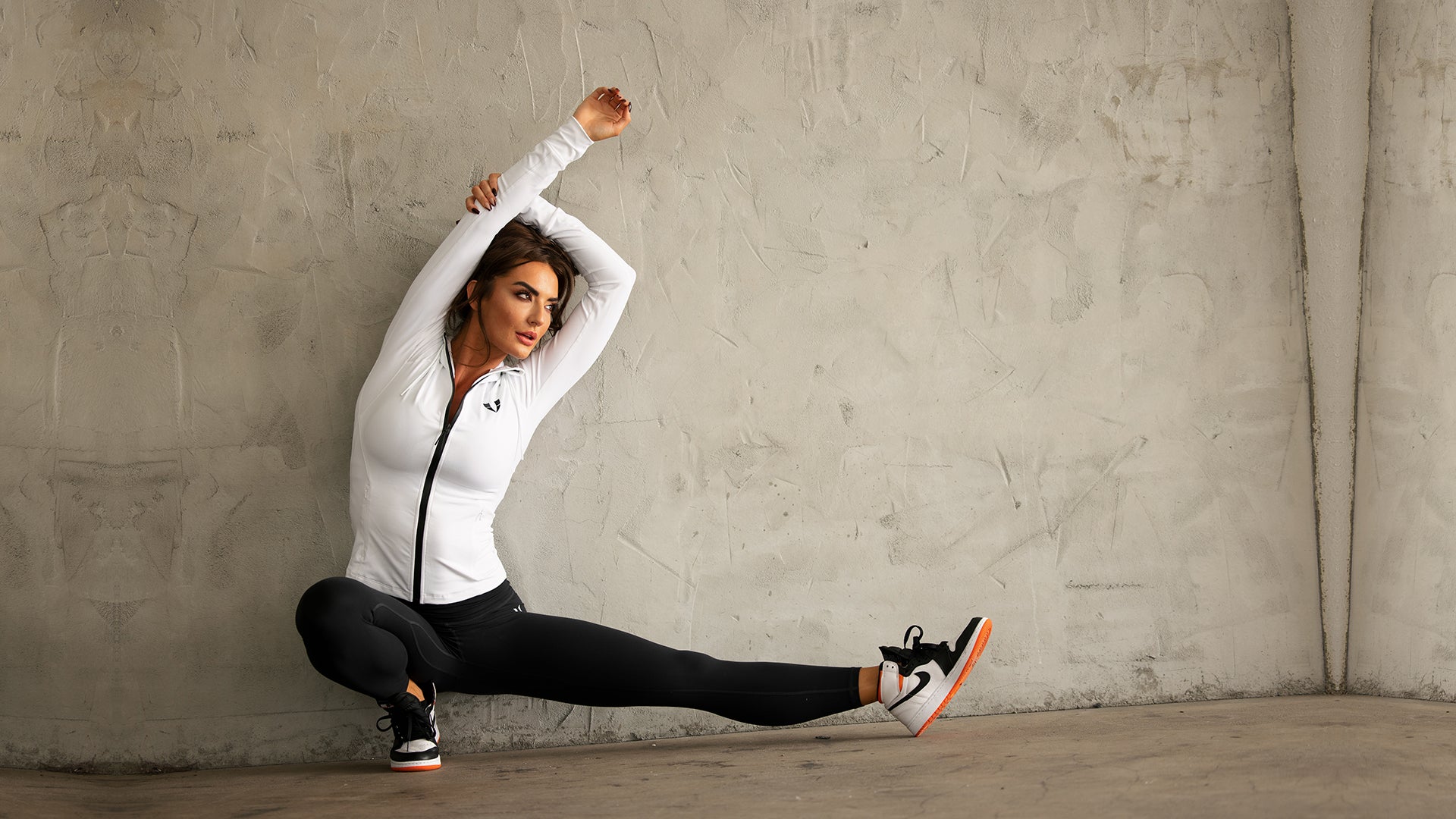
8 tips for working out at home
Working out at home can be a great way to get in shape, save money, and avoid the crowds at the gym. But it can also be difficult to know how to get started. To avoid injury, you need to know how to safely use equipment and space. In addition, without a trainer or instructor there to help, it can be hard to stay motivated and on track with a real workout plan.
To help you optimize your workout at home, this article will present 8 tips for working out at home.
Create a workout space
It's important to have a designated area for working out in your home. It should be big enough to hold aerobic exercise equipment, free weights, and have room for stretching. If space is an issue, consider making your workout mobile by choosing multipurpose equipment or putting it away when you are finished.
To make sure that your workspace is secure:
- Mount ankle and wrist weights to a wall or door if you have them. This way, they won't be flopping around where you can trip over them.
- Keep high-impact exercise equipment away from walls so that you don't accidentally knock anything down on yourself.
- Anytime you are using heavy weights, make sure the floor is clear of any obstructions (toys, pets, etc.) that could cause you to slip or fall.

Prepare key equipment
Make sure to choose the right tools for the job before starting your workout. Before building up your whole home gym, start with high-quality workout essentials like these:
- Treadmill - one of the most versatile pieces of equipment that can get you sprinting, jogging, or climbing stairs all within the privacy of your own home (and if you don't want to spring for a treadmill, try out a Couch to 5K program).
- Resistance bands - easily portable and great for toning without much space required.
- Adjustable bench - perfect for strength-training exercises like lunges, squats, and tricep extensions.

Put on your gym kit
You don't want to be caught out of breath and in your underwear when someone comes knocking at the door, do you? Working out at home isn't like it used to be (or maybe it still is?)-it's not weird for people to see you in clothes that look like they came from a Nike commercial. Plus, putting on gym clothes makes you feel less self-conscious about what your body looks like and more excited and energetic about getting started. That said, note:
- Keep it casual - nobody cares if your workout clothes look brand new or if they match perfectly. Make sure that whatever you wear is comfortable and functional for your workout.
- Avoid any unnecessary exposure - avoid low-cut tops or anything that could fall down or come undone (nobody needs to see that). Besides, with technology now allowing for remote coaching, there is no need for you to even be seen by anyone else.

Warm-up and stretch
It might seem like an unimportant step in your workout routine, but warming up before jumping right into high-intensity exercises is important for preventing injury. For starters:
- Jog slowly on the spot or do some lunges to get your joints and muscles ready for strenuous activity.
- After cardio, finish up with dynamic stretches that target large muscle groups like squats, leg raises, and pushups.
Cool down properly after exercise
Working out at home won't allow you to leave your sweaty clothes and equipment all over the floor. Not only is this a health hazard, but it's also just plain disgusting. Make sure to have a designated area for post-workout cleaning and storage:
- Placemats down to absorb sweat and prevent slipping.
- Hang up any sweaty clothes to air dry.
- Store away any equipment you're not using at the moment.

Create a playlist
Working out without any music is like eating eggs without salt-boring. A good workout playlist can help you focus on your routine, push through tough exercises, and keep your energy level high. Experiment with different types of music to see what works best for you:
- High-intensity tracks with a strong beat for cardio.
- Fast-paced pop or rock songs for strength training.
- Upbeat remixes of classical pieces or movie soundtracks for stretching and relaxation.
Create a routine and stick to it
One of the best ways to make sure you're getting the most out of your workouts is by creating a routine and sticking to it. This could mean working out at home every morning before work, on the weekend afternoons, or whatever else makes sense for your schedule. The important thing is to make it a priority and dedicate some time to working out. A routine is important because it helps to keep you accountable and motivated.

Use a timer
This is a trick that personal trainers use all the time: set a timer for 30-40 minutes and work until the timer goes off. This keeps you focused and prevents you from fiddling with your phone or watching TV during your workout. Working out for a fixed amount of time also helps in conditioning yourself to shorter, more intense workouts will help you burn more calories in less time when you do hit the gym or go for a run outside.
Precautions when working out at home
- Pace yourself and never force yourself to go beyond your limits. The key is to push, but not too much. Remember, you can always try again tomorrow!
- It's normal for beginners to feel faint or dizzy at first, so take it slow and drink plenty of water. If feeling unwell persists after a few workouts, consult a doctor.
- The biggest risk when working out alone is accidental injury-that's why safety should be the number one priority.
- Always warm-up and cool down properly to avoid any sudden strains or injuries.
- Use mats for floor exercises whenever possible.
- Take regular breaks if you need them (don't let burning muscles force you through the routine).
- Don't try to do too much, particularly if you haven't worked out in a while. Start slowly and gradually increase the intensity of your routine over time.
Working out at home doesn't have to be boring. With these 8 home workout tips, you'll be able to set up your own routine that is effective and efficient, whether or not you're working out alone! If you do decide to workout with a partner or group of friends, make sure you're all on the same page about safe lifting techniques, breathing exercises, and more.




Lascia un commento
Questo sito è protetto da hCaptcha e applica le Norme sulla privacy e i Termini di servizio di hCaptcha.